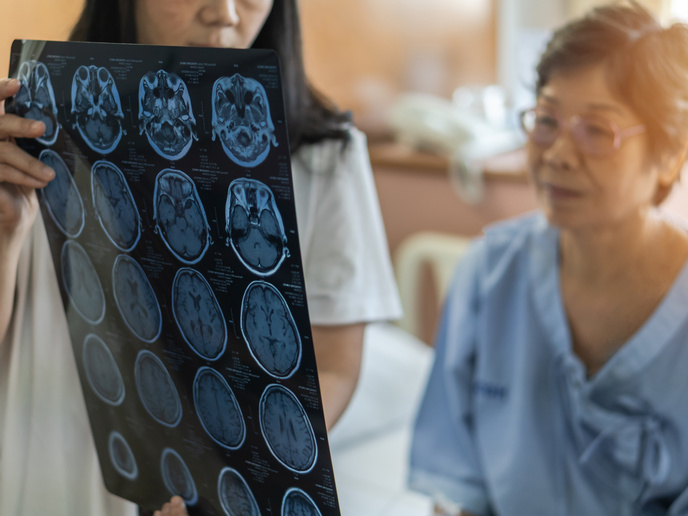European Stroke Network
European research in stroke received a major boost with formation of the multidisciplinary network 'European stroke research network' (EUSTROKE)(opens in new window) . Academia, government, industry, non-profit sectors and patient group associations joined forces in this initiative. The European Stroke Network's (ESN) research activities encompassed several areas, including cerebrovascular biology, stroke prevention and imaging. Members conducted joint pre-clinical and clinical trials, shared resources, held training activities and developed research platforms. Researchers focused on elucidating changes in the blood–brain barrier (BBB) and neurovascular unit (NVU) as a result of stroke and brain oedema. The NVU comprises several cellular and acellular components. This includes brain endothelial cells, astroctyes, inflammatory cells, blood vessel basal lamina and neurons that together affect BBB permeability. For experimental purposes, existing and novel in vitro mouse and human models for NVU and BBB were developed, optimised and validated. Innovative imaging protocols using magnetic resonance imaging (MRI) were also developed to diagnose and assess stroke recovery at the molecular and NVU levels. BBB permeability was determined using MRI. This helped in assessing current and novel treatment as well as prevention strategies for stroke, including the use of neural stem cells and sonothrombolysis. Scientists also assessed the effects of dietary factors, exercise, ageing, progenitor cells, immune cells and lipid-lowering agents on BBB and NVU. A revolutionary finding was the fact that polymorphoneutrophil granulocytes are not present in brain tissue following a stroke. Another key discovery was the master switch of cell death or cell survival (PEA15/HKII), a potential therapeutic target. The ESN trial network incorporates more than 1 350 stroke centres globally to facilitate clinical stroke trials. The consortium also formed a joint transatlantic cooperation with the Canadian Stroke Network to facilitate international research collaborations. Overall, ESN activities have made significant breakthroughs in unravelling stroke pathophysiology along with the development of novel diagnostic and treatment strategies. Widespread international collaboration between academia, industry and key stakeholders should facilitate the rapid commercialisation of effective diagnostic and therapeutic products for clinical application.







